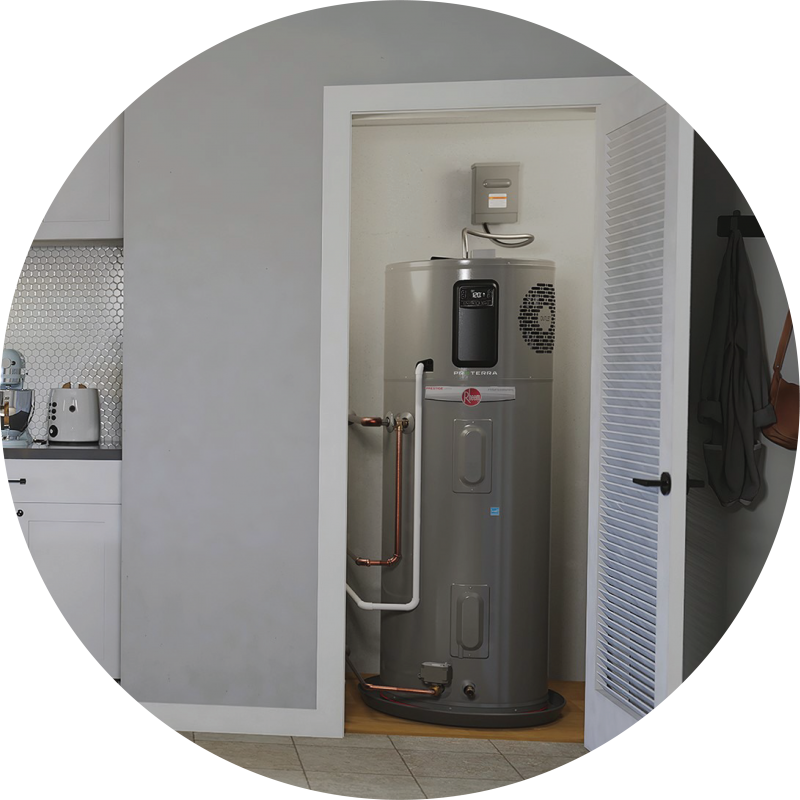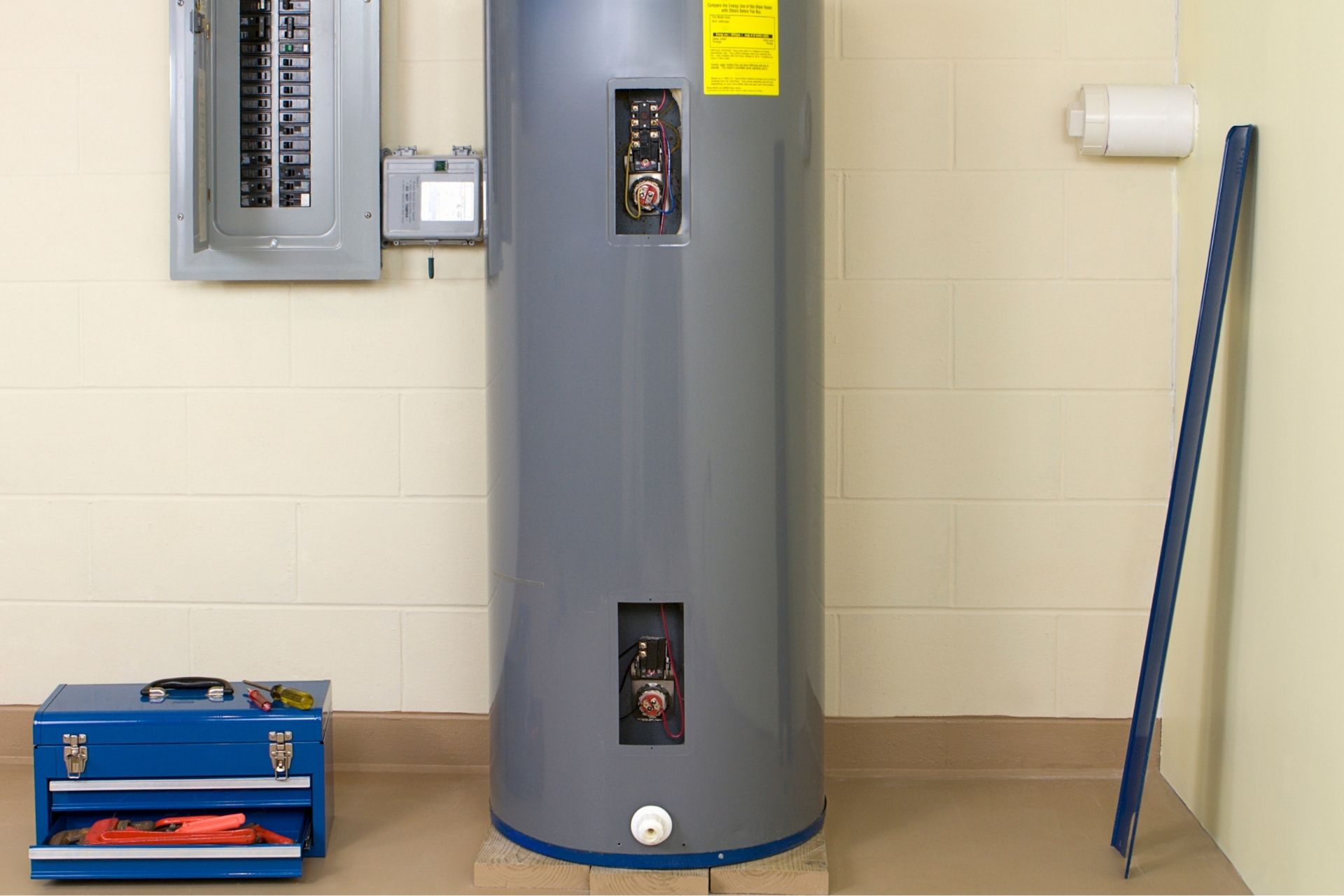Step-by-Step Steps to Caring for Your Home's Hot Water SystemKey Guidance on Maintaining Your Home's Hot Water SystemEfficient Techniques for Maintaining Your Home's Hot Water System
Step-by-Step Steps to Caring for Your Home's Hot Water SystemKey Guidance on Maintaining Your Home's Hot Water SystemEfficient Techniques for Maintaining Your Home's Hot Water System
Blog Article
Listed here on the next paragraphs you can discover lots of wonderful insight pertaining to Water Heater Maintenance Tips You Can't Afford to Forget.

Hot water is vital for everyday comfort, whether it's for a rejuvenating shower or washing dishes. To ensure your warm water system runs successfully and lasts much longer, routine maintenance is crucial. This short article supplies functional ideas and understandings on just how to keep your home's warm water system to prevent interruptions and expensive repair services.
Intro
Keeping your home's warm water system could appear overwhelming, however with a couple of basic actions, you can ensure it operates smoothly for many years to find. This guide covers whatever from recognizing your warm water system to DIY maintenance pointers and recognizing when to contact expert help.
Relevance of Preserving Your Warm Water System
Routine maintenance not just prolongs the life expectancy of your hot water system yet likewise ensures it runs efficiently. Disregarding maintenance can lead to lowered effectiveness, higher power expenses, and even premature failing of the system.
Signs Your Warm Water System Requirements Maintenance
Recognizing when your hot water system requires interest can prevent significant issues. Watch out for signs such as irregular water temperature, weird sounds from the heater, or rustic water.
Flushing the Water Heater
Purging your water heater eliminates debris buildup, enhancing performance and extending its life.
Monitoring and Changing Anode Rods
Anode rods stop deterioration inside the tank. Checking and changing them when worn out is vital.
Facility Issues Requiring Professional Assistance
Examples include significant leaks, electric problems, or if your hot water heater is consistently underperforming.
Routine Specialist Maintenance Perks
Professional upkeep can consist of comprehensive assessments, tune-ups, and making certain compliance with safety and security standards.
Checking and Changing Temperature Level Settings
Changing the temperature level settings makes sure optimum performance and security.
DIY Tips for Maintenance
You can execute several maintenance jobs on your own to keep your warm water system in leading condition.
Checking for Leakages
Regularly inspect pipes and links for leakages, as these can bring about water damage and higher bills.
Understanding Your Hot Water System
Prior to diving right into maintenance tasks, it's valuable to recognize the basic components of your hot water system. Generally, this includes the water heater itself, pipes, anode rods, and temperature controls.
Monthly Upkeep Tasks
Normal month-to-month checks can help catch small issues before they intensify.
Checking Stress Alleviation Valves
Examining the pressure relief valve ensures it works properly and stops too much stress build-up.
Shielding Pipes
Insulating hot water pipes decreases heat loss and can save power.
When to Call an Expert
While DIY maintenance is advantageous, some issues require professional knowledge.
Final thought
Routine maintenance of your home's hot water system is important for effectiveness, longevity, and cost savings. By following these tips and knowing when to look for expert assistance, you can guarantee a reputable supply of hot water without unexpected disturbances.
Water Heater Maintenance: The Basics
Maintaining your water heater will ensure it operates efficiently and has a longer lifespan. Neglecting regular maintenance can lead to costly repairs and an even bigger chunk of your savings if you have to replace it sooner than necessary. But there’s good news: Most water heater maintenance tasks are relatively simple and easy for homeowners with basic DIY skills.
Flush the Water Heater
Over time, sediment and minerals can build up in the tank, reducing its efficiency and potentially causing damage. To flush the tank, turn off the power or gas supply, attach a hose to the drain valve near the bottom and open the valve to drain the water until it runs clear. Ideally, flush the tank annually.
Replace the Anode Rod
The anode rod is a sacrificial metal rod that helps prevent corrosion inside the tank. Inspect and replace it every three to five years or per the manufacturer's recommendation. To replace the anode rod, turn off the power or gas supply, drain a few gallons of water from the tank, unscrew the old rod and replace it with a new one. If the anode rod is significantly corroded or covered in calcium buildup, it's a sign the water heater may need to be replaced soon.
Tune-Up
A yearly tune-up can help identify potential issues and ensure your water heater operates at peak efficiency. This typically involves checking the thermostat, burner assembly (for gas heaters) and any other components specified by the manufacturer. During a tune-up, the technician may also clean the burner and adjust the pilot light (for gas heaters) or examine the heating elements (for electric heaters).
How to Maintain Your Water Heater
Insulate the tank. Insulating the tank can improve energy efficiency and reduce heat loss, saving you money on energy bills. You can purchase precut insulation blankets designed specifically for water heaters or use standard fiberglass insulation wrapped securely around the tank. Check the temperature. The recommended water temperature for most households is around 120 degrees Fahrenheit (49 degrees Celsius). Higher temperatures can increase energy costs and potentially cause scalding. Use a kitchen thermometer to check the temperature at the faucet nearest the water heater. Monitor water pressure. Excessive water pressure can strain the water heater and cause leaks or even tank failure. Install a pressure-reducing valve if necessary. The ideal water pressure range is between 60 and 70 PSI (pounds per square inch). Test the temperature and pressure (T&P) relief valve. The T&P relief valve is a safety feature that releases pressure if the tank gets too hot or the pressure builds up too high. Test it annually by lifting the lever and allowing a small amount of water to release. Replace the valve if it doesn't release water or reseal properly. Check for leaks. Regularly inspect the tank, pipes and fittings for leaks or corrosion. Deal with issues promptly to prevent further damage. Even a small leak can lead to significant water damage over time. Consider a tankless water heater. If your traditional tank-style water heater is nearing the end of its lifespan ( typically 10 years), consider replacing it with a tankless water heater. These units heat water on demand, reducing standby energy losses and potentially saving you money on your energy bills. Schedule professional maintenance. While homeowners can perform many water heater maintenance tasks, it's still a good idea to schedule professional maintenance every few years. A plumber or HVAC technician can thoroughly inspect the unit, identify potential issues and ensure it operates safely and efficiently. https://www.homeserve.com/en-us/blog/home-improvement/hot-water-heater-maintanence/

I recently found that write up on Water Heater Maintenance Tips You Can't Afford to Forget when doing a lookup on the web. So long as you appreciated our blog entry kindly don't forget to share it. Thanks a lot for being here. Revisit us soon.
Customer Reviews Report this page